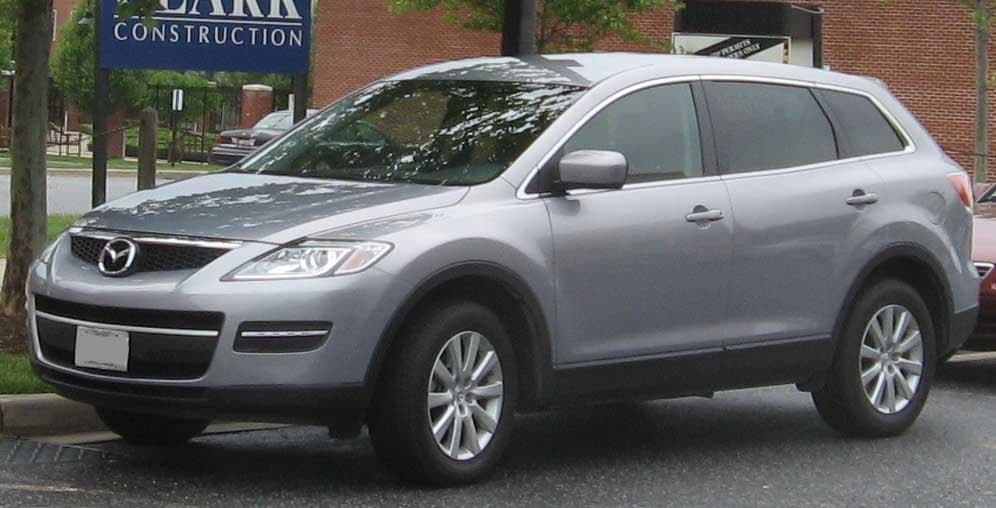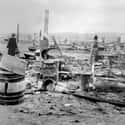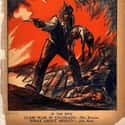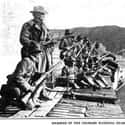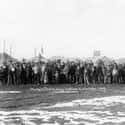-
(#2) The National Guard Set Fire To The Camp, Killing Women And Children In Hiding
As the firefight died down, a member of the Colorado National Guard set fire to the Ludlow tent colony. Unbeknownst to the guardsmen, four women and 11 children had sought shelter in a cellar-like pit beneath an infirmary. As the tent colony burned, the women and children in the pit were slowly overwhelmed by smoke and suffocated.
One survivor recalled:
The tent over us caught fire and blazed up big and the smoke commenced to come down on top of us. The bigger children tried to climb up out of the cellar, and they took hold of the burning floor, and their little fingers were burned and they fell back on top of us.
Two of the women survived the fire, and all 11 children died.
-
(#11) The Union Lost The Strike
Despite the attention the Ludlow Massacre brought to the strikers' situation, the union ultimately lost the strike. The United Mine Workers of America exhausted their finances and had to give up the strike in December of 1914. Rockefeller launched a public relations campaign to spin the story in his favor. He started a company union to address the miners' grievances, a poor consolation prize for the strikers.
While very little changed in the immediate aftermath of the massacre, the conversation about Ludlow continued. Congress convened to talk about the events of Ludlow and to consider limiting the martial power that private companies were able to wield.
-
(#1) The National Guard And Striking Miners Engaged In A Deadly Firefight At Ludlow
On April 20, 1914, national guardsmen entered the Ludlow tent colony to speak to one of the unofficial leaders of the striking miners, Louis Tikas. They had heard that a man was being kept at Ludlow against his will, but Tikas denied it.
Following the conversation, a National Guard officer ordered a machine gun set up on the hill overlooking the camp. Strikers from the camp saw the troop movement and took up their own rifles in response. The strikers then heard three explosions, which the National Guard later claimed to be a signal for reinforcements.
Shots were fired, though history is unclear on who shot first, and a firefight broke out that lasted throughout the day. Women and children ran for cover. Over the course of the day, one guardsman, one bystander, and several of the strikers were killed in the gunfight. An 11-year-old boy in the camp was killed when he emerged from his hiding spot.
After hours of exchanging shots, a member of the National Guard set fire to the tent colony.
-
(#12) The Outcry After The Massacre Ushered In Labor Reform
Although the strikers and the union did not win the strike, the public attention and outcry over the tragedy at Ludlow did usher in better labor laws and more peaceful strikes. The violence at Ludlow prompted companies to turn away from their policy of direct confrontation with the strikers. Instead, they began to favor negotiated settlements over strikes.
In the following decades, stricter labor laws were adopted and enforced, and support for unions grew to its peak in the 1930s. Ludlow is considered a watershed moment in the labor movement, and the site is now maintained as a monument to the American labor struggle.
-
(#7) Miners Were Controlled Almost Entirely By The Mining Companies
In addition to the working conditions of the mines, the Colorado coal miners were also controlled by the mining companies in almost every aspect of their daily lives. The miners lived in company-owned housing that were little more than overpopulated shacks and often had no running water. The company towns enforced curfews, and they were patrolled by armed company guards.
Between their infrequent paychecks, the miners were paid in scrips that could only be used at the company store, sometimes going into debt to the store to just make ends meet. Their coal was weighed by the company to determine their pay, and many of the miners believed the system to be rigged against them.
Beyond the company towns, the miners still had no political power to create change. Everything was in the hands of the mining companies. Historian Scott Martelle wrote:
They did not have a political voice. The courts and the local political structure in the south [of Colorado] were directly controlled by, or friendly to, the interests of mine owners. In elections, local mine superintendents often cast their workers’ ballots for them while excluding outsiders from the polls, clinching political control.
As the United Mine Workers started to organize in the area in 1913, Rockefeller's company tried to offer concessions like eight-hour workdays, abolishing scrip, allowing someone to check the company's coal weighing, and paying every two weeks. However, most of these concessions were already required under Colorado law. The company had chosen not to follow these labor laws before that point.
-
(#3) Armed Strikers Were Rounded Up And Shot
After the National Guard entered the Ludlow camp, they captured three strikers, including Louis Tikas, the unofficial leader of the colony. They were brought before Karl Linderfelt, the leader of the Colorado National Guard stationed at Ludlow. Linderfelt broke his rifle over Tikas' head, striking him hard enough to expose his skull.
Although the accusation was never proven, a sergeant testified under oath that Linderfelt then ordered the execution of Tikas. Some historians believe the militia told the three strikers to run before shooting them in the back. In the end, the three captured strikers were killed, and their bodies were left in the open for three days.
New Random Displays Display All By Ranking
About This Tool
On April 20, 1914, many striking miners attacked the guards of the Colorado National Guard and the Colorado Fuel and Steel Company in Ludlow, Colorado. This was the beginning of the Ludlow massacre. The massacre resulted in 25 people dead, including 11 children. Most of the coal miners who went on strike belonged to the Colorado Coal and Iron Company, a subsidiary of Rockefeller.
Rockefeller is the American wealthy family that has continued to this day, the first generation of American oil monopoly company, at this time, operating Colorado's largest coal mining company. The Ludlow massacre has proved the dark side of the Rockefeller family, the random tool introduced 12 details about this bloody conflict.
Our data comes from Ranker, If you want to participate in the ranking of items displayed on this page, please click here.







